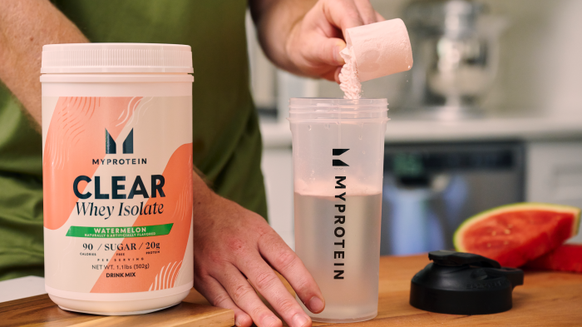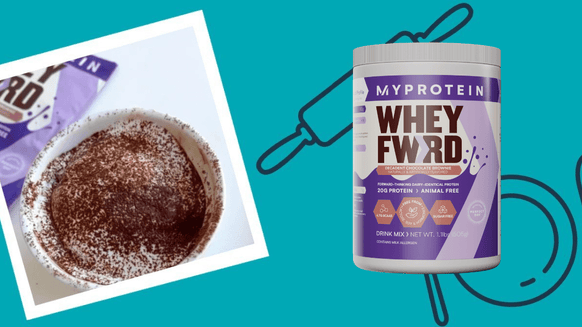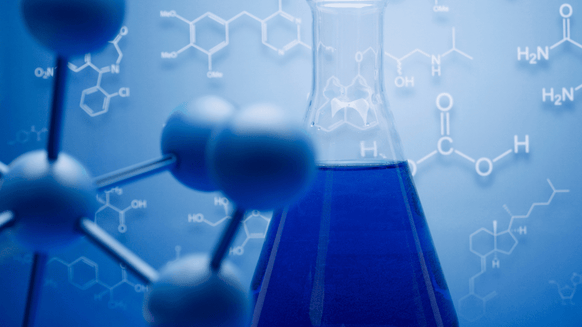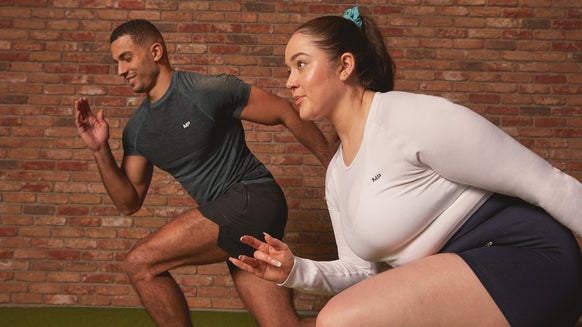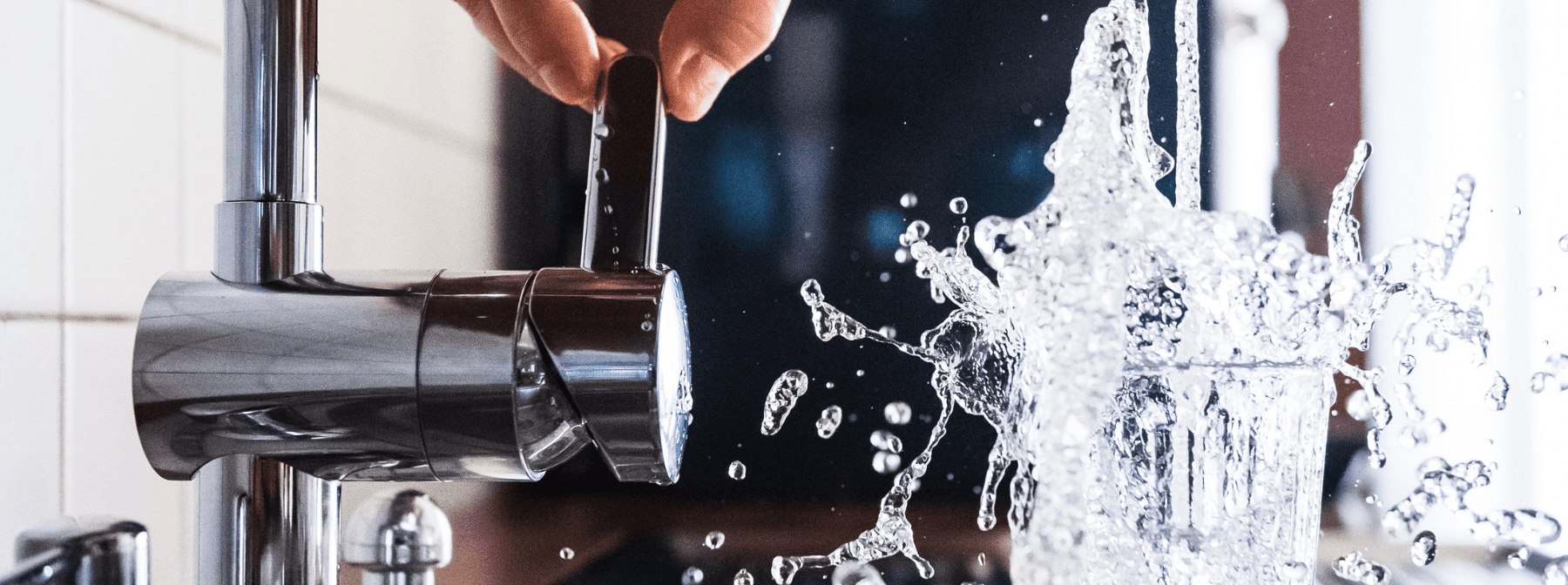
What’s in the water?
How does the water get polluted?
Effects of contaminated water
Is my water contaminated?
The easiest way to check the contamination levels of your water supply is to use the EWG database. With this database, you can search for your state and town to see exactly which contaminants are in your local water supply, and how much they exceed health guidelines.
What can you do about it?
- Read the label to see which chemicals it filters out.
- Look for an NSF certification.
Don’t assume water filters remove all bacteria, most don’t.5
Take Home Message
And there you have it. If you want to know what’s in your water, check out the database. And if you want to help reduce levels of contamination, buying a water filter is a great place to start.

Project 50 Challenge | Making Positive Change
Create positive change in your life, one small habit at a time. ...

Creatine Pills vs. Powder | Which Is Better?
Creatine pills vs. powder and everything you need to know about the supplement. ...

Improve Your Functional Fitness with These Six Nutrition Tips
Boost your performance and smash your goals with these top tips. ...

A Rutgers University Honors graduate, Jamie grew up on the Jersey shore and double majored in Comparative Literature and Anthropology in college. Jamie is an experienced writer in the health and wellness, biotech, and eCommerce fields. She loves writing with a purpose and has even written for the Department of Justice.
Jamie became drawn to exercise during her time in university and began to notice the physical and mental benefits of moving your body daily. Today, Jamie enjoys Pilates, light weight training, and going on long walks in nature daily.
Jamie is also passionate about eating right and prioritizing gut health and immunity. She is always trying the next innovation in health and wellness. When she’s not writing articles, Jamie enjoys reading, playing guitar, and finding dogs to play with.
- Brown, K. W., Gessesse, B., Butler, L. J., & MacIntosh, D. L. (2017, December 12). Potential effectiveness of point-of-use filtration to address risks to drinking water in the United States. Environmental health insights. Retrieved November 24, 2022, from http://www.ncbi.nlm.nih.gov/pmc/articles/PMC5731620/
- Environmental Protection Agency. (2021, September 28). Drinking Water. EPA. Retrieved November 24, 2022, from https://www.epa.gov/report-environment
-
Environ. Sci. Technol. Lett. 2016, 3, 10, 344–350
- Contaminants – water quality association. Water Quality Association. (n.d.). Retrieved November 25, 2022, from https://wqa.org/Learn-About-Water/Common-Contaminants/
- Centers for Disease Control and Prevention. (2020, August 4). Choosing home water filters & other water treatment systems. Centers for Disease Control and Prevention. Retrieved November 24, 2022, from https://www.cdc.gov/healthywater/drinking/home-water-treatment/water-filters/step3.html


